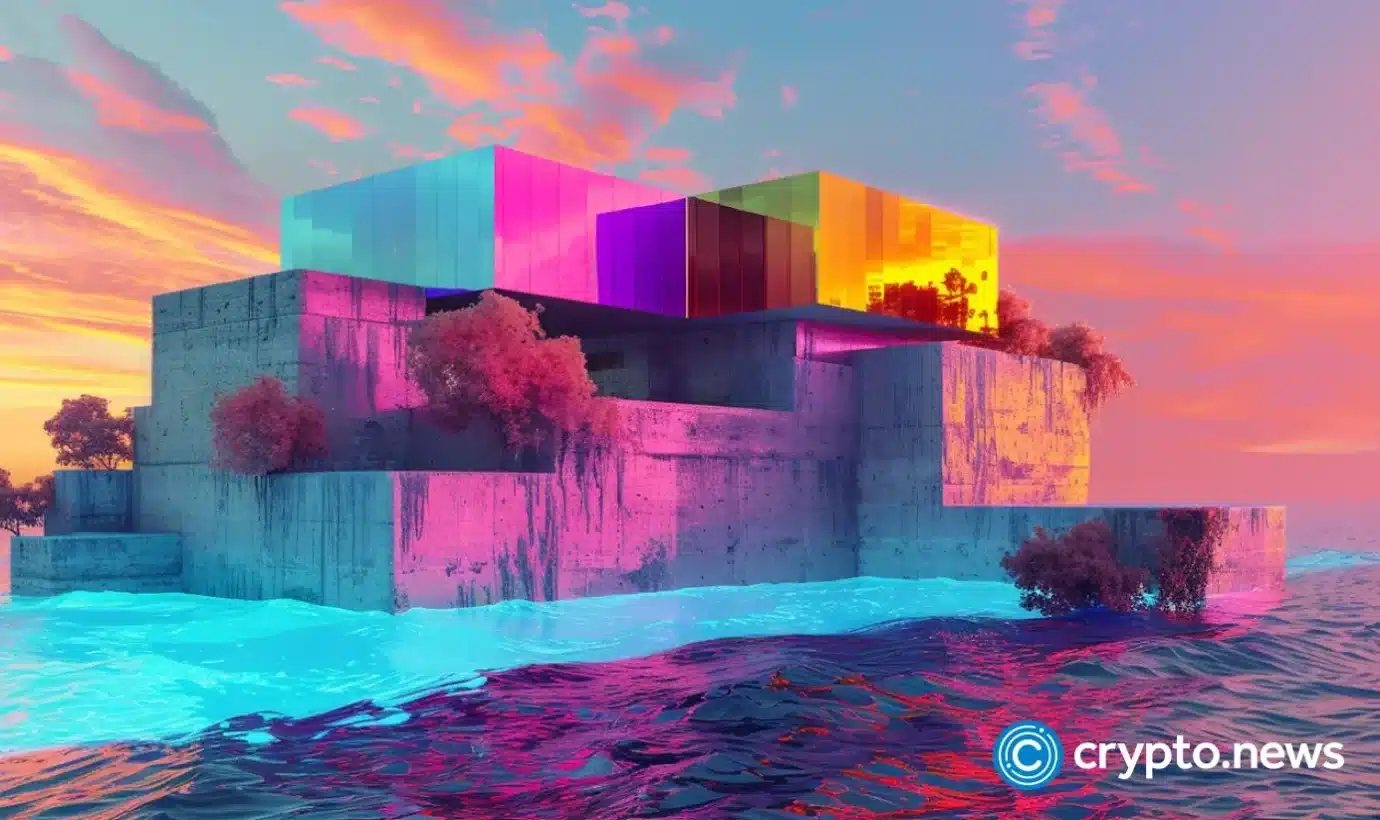
Since its initial coin offering in 2017, the Tezos blockchain has become the art world’s favorite because of its energy efficiency and low cost. AI artists, including Refik Anadol, an internationally renowned media artist, director, and pioneer in data and machine intelligence aesthetics, use Tezos to execute peer-to-peer transactions and deploy smart contracts. The token is listed on crypto exchanges as Tezos (XTZ).
In addition to being part of Art Basel since 2021 and collaborating with environmental gallery Serpentine Arts Technologies since 2023, during this Plastic Free July, for the first time, Tezos blockchain is part of Ribela Love Nature, an open-air, sustainable techno event of art and music, that is featuring over 100 different artworks from more than 30 visual artists, more than 20 NFT artwork for sale, and music in more than 15 live acts and DJ sets.
Plastic Free July draws attention to the impact of plastic waste on nature. The ‘Plastic Free July’ campaign originated in Australia in 2011 to draw attention to the global problem of plastic waste, which is causing serious problems for animals, nature, and people’s health. The award-winning campaign is a key initiative of the Plastic Free Foundation, which works towards a vision of seeing a world free of plastic waste, as detailed in the “2023 Impact Report.”
The Plastic Free July campaign was instrumental in the adoption of the world’s first Plastic Treaty, which was supported by 175 nations at the United Nations Environment Programme (UNEP) meeting in Nairobi in 2022. UNEP’s Intergovernmental Negotiating Committee on Plastics Pollution is still negotiating the Treaty’s terms, so it could be implemented as soon as 2025.
My Plastic Free July art shows to draw attention to plastic pollution’s harm on marine animals are held at two museums:
- Putnam History Museum—Healing Waters by Selva Ozelli
- Havre de Grace Maritime Museum—Moody Blue Crabs by Selva Ozelli
Scaling up Tezos
Parallel to participating in the sustainable techno event, Tezos X vision also announced a significant development in the Tezos ecosystem: the introduction of Jstz (pronounced ‘justice’), a smart rollup powered by JavaScript that will scale up and make Tezos an interoperable blockchain platform and an OP blockchain-based, cloud-like backend for all kinds of applications.
Scaling the utility of blockchain is crucial to widespread adoption. After all, the fastest, most cost-efficient blockchain is useless if people have nothing to do or nowhere to go from there. And they’ll only have those things if someone builds them on Jstz, an L2 rollup being built on Tezos to allow developers to use JavaScript and its vast resources such as JavaScript APIs, battle-tested JS tools, npm ecosystem, and libraries with the best perks of web3, with built-in identity, wallet, and payments Jstz GitHub repository.
NFT tax reporting regulations finalized
On June 28, 2024, the US Treasury Department and the US Internal Revenue Service issued final digital asset broker reporting regulations that mandate broker reporting for centralized exchanges and hosted wallet providers, providing extensive rules under which transactions in digital assets, which include NFTs, will be reported in the US. However, it set aside related rules for decentralized finance and unhosted wallets as it continues to study 44,000 comments to the agency. Defi operations and non-hosted wallet providers will have to wait for their own rules later in the year.
The final regulations will go into effect for transactions starting in 2025 and will require digital asset brokers to keep tabs on the cost basis for customers’ tokens starting in 2026. They will also need to file 1099-DA forms like their traditional investment firm cousins, with a $600 annual threshold on NFT proceeds before they need to be reported.
The final regulations provide NFT platforms with needed clarity about their reporting obligations while also creating transparency for both artist taxpayers and the IRS when it comes to tax filing and compliance. It is also an essential step in closing the estimated $50 billion crypto tax gap and will further legitimize digital assets. Artists will now know what they need to report for activity conducted with a digital asset broker NFT platform, and the IRS will know what to expect to see on tax returns.
Tổng hợp và chỉnh sửa: ThS Phạm Mạnh Cường
Theo Crypto News
